 Your new post is loading...
 Your new post is loading...
"The reason false information does better than the true stuff is simple, say the researchers. Things spread through social networks because they are appealing, not because they are true. One way to make news appealing is to make it novel."
Amanda Taub and Max Fisher write: "Time and again, communal hatreds overrun the [Facebook] newsfeed — the primary portal for news and information for many users — unchecked as local media are displaced by Facebook and governments find themselves with little leverage over the company. Some users, energized by hate speech and misinformation, plot real-world attacks.
Zeynep Tufekci writes: "What we are witnessing is the computational exploitation of a natural human desire: to look “behind the curtain,” to dig deeper into something that engages us. As we click and click, we are carried along by the exciting sensation of uncovering more secrets and deeper truths. YouTube leads viewers down a rabbit hole of extremism, while Google racks up the ad sales."
Kathleen Morris writes: " There are many stand-alone lessons or units of work out there. Some schools “tick the box” by covering digital citizenship in the first few weeks of the school year and then move on. I believe digital citizenship education is most beneficial when it is ongoing and authentic. A blogging program offers this. I also believe that digital citizenship education should begin very early on, as soon as children begin accessing the internet. Blogging allows a simple awareness of digital citizenship to start being developed at any age, even in kindergarten classrooms. Then, students can progressively build on their knowledge and skills. Blogging can offer not only a safe space to practice digital citizenship, but also authentic dilemmas, discussions, and interactions. And hopefully blogging is something that’s weaved into your classroom program so it’s ongoing throughout the year."
Andy Newman writes: "One of the most widely viewed pieces during Miami Art Week, the annual spectacle that ended on Sunday, was not to be found at the international art fair Art Basel Miami Beach or any of the galleries around town. It was a news story broadcast by the Spanish-language network Telemundoon its affiliate stations in Miami and Puerto Rico. In it, a man from the Miami suburb of Hialeah goes to the bathroom and gives out a yelp. The video implies that when he sat on the toilet, he was bitten on the genitals by an iguana that crawled through the pipes. The shaky footage shows the iguana peering out of the toilet and the man’s grandmother screaming as she chases it with a hair brush."
Known worldwide for her courage and clarity, Christiane Amanpour has spent the past three decades interviewing business, cultural and political leaders who have shaped history. In conversation with TED Curator Chris Anderson, Amanpour discusses fake news, objectivity in journalism, the leadership vacuum in global politics and more, sharing her wisdom along the way. "Be careful where you get information from," she says. "Unless we are all engaged as global citizens who appreciate the truth, who understand science, empirical evidence and facts, then we are going to be wandering around -- to a potential catastrophe."
Insurance scams, rumors of water shutoffs, and fake restrictions on when people can return are all bouncing around the internet.
On Thursday, Alex Jones welcomed a guest to talk about how kidnapped children have been sent on a two-decade mission to space. NASA now denies the interplanetary conspiracy.
"Many sites offer personalized content selections, based on our browsing history, age, gender, location, and other data. The result is a flood of articles and posts that support our current opinions and perspectives to ensure that we enjoy what we see. Even when a site is not offering specifically targeted content, we all tend to follow people whose views align with ours. When those people share a piece of content, we can be sure it will be something we are also interested in. That might not sound so bad, but filter bubbles create echo chambers. We assume that everyone thinks like us, and we forget that other perspectives exist." (Emphasis added.)
Perry Bacon Jr. writes: "In the first part of our guide to unnamed sources, we laid out some general tips for making sense of these kinds of stories. In this part, we want to get more specific, to help you to essentially decode these stories. We also want you to be able to know which stories you should rely on based on the different kinds of sourcing used. So we’re going to divide anonymous sources into six general types and give the pros and cons of each, in terms of reliability. We ordered the types of unnamed sources, roughly speaking, from most reliable to least reliable (at least in my experience.)"
Sydney Ember writes: "Fake news — a neologism to describe stories that are just not true, like Pizzagate, and a term now co-opted to characterize unfavorable news — has given new urgency to the teaching of media literacy. Are Americans less able to assess credibility? Can they discern real news from disinformation?" Image via Toa Heftiba on Unsplash.com
|
Resources from Michelle's 89th Edweb.net webinar.
Michael McGough writes: "This week in the world of fake news, a recent satiric post criticizing California Gov. Jerry Brown for passing a fictional law made some readers laugh, angered others, and likely prompted some people to brush up on their math lingo."
Dan Russell writes: "You might have noticed...
... that the Image search now has a set of colored rectangles just below the query area. Here's an example with a simple query. See those rectangles? They're called "chips," and they modify the image query."
Nicholas Confessore, Gabriel J.X. Dance, Richard Harris and Mark Hansen write: "Everyone wants to be popular online. Some even pay for it. Inside social media’s black market."
Nicholas Carr writes: "So you bought that new iPhone. If you’re like the typical owner, you’ll be pulling your phone out and using it some 80 times a day, according to data Apple collects. That means you’ll be consulting the glossy little rectangle nearly 30,000 times over the coming year. Your new phone, like your old one, will become your constant companion and trusty factotum — your teacher, secretary, confessor, guru. The two of you will be inseparable."
From Claire Cain Miller, on the image above on the left : “It really feels like an image about power, about freedom, about trusting oneself,” said Pam Grossman, director of visual trends at Getty Images. “Who cares what you even look like? Let’s focus on what you’re doing.”
More comfortable online than out partying, post-Millennials are safer, physically, than adolescents have ever been. But they’re on the brink of a mental-health crisis.
Christa Forster writes: "In the month leading up to our study of Shakespeare’s plays “A Midsummer Night’s Dream” and “Othello,” I use the “What’s Going On in This Picture?” activity in my ninth- and 10th-grade English classes to help prepare students to read the plays and to write the analytical papers that are the culmination of our Shakespeare unit. The activity also prepares students to think critically and creatively about how to physically embody a character from the play to prepare for the group performance activity they’ll also do."
Via Jim Lerman
Valeriya Safronova writes: "Frank Ocean gave a rare, intimate performance at Panorama Music Festival on Friday that enraptured his fans — and had some unexpected consequences that went far beyond music. Four days later the event has raised questions around the issue of copyright in an era of viral sharing and what happens to a young, creative business when placed in the spotlight."
Terry Heick writes: "... in an increasingly connected and digital world, the things a student needs to know are indeed changing—fundamental human needs sometimes drastically redressed for an alien modern world. Just as salt allowed for the keeping of meats, the advent of antibiotics made deadly viruses and diseases simply inconvenient, and electricity completely altered when and where we slept and work and played, technology is again changing the kind of “stuff” a student needs to know."
Via EDTECH@UTRGV, Jim Lerman
Ana Homayoun writes: "Many people — adults and kids alike — view likes, loves, comments and followers as a barometer for popularity, even within a smaller, closed group. Teens can quickly get caught up in the feedback loop, posting and sharing images and videos that they believe will gain the largest reaction. Over time, teens’ own values may become convoluted within an online world of instantaneous feedback, and their behavior online can become based on their “all about the likes” values rather than their real-life values."
Julia Belluz writes: "Long before Hilda Bastian was a health researcher, she endorsed a practice she believes may have cost lives. “I think people died because of me,” she said recently. “And I'll spend my whole life trying not to do it again and to make amends.” In the 1980s, Bastian was skeptical of the medical establishment. As the head of Homebirth Australia, she traveled the country and appeared on TV programs arguing that moms should have their babies outside the cold confines of hospital rooms."
|
 Your new post is loading...
Your new post is loading...
 Your new post is loading...
Your new post is loading...










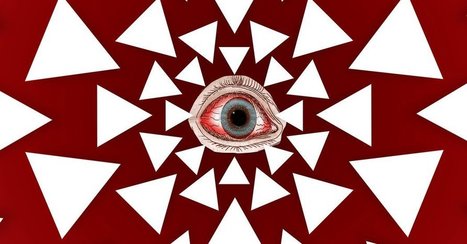


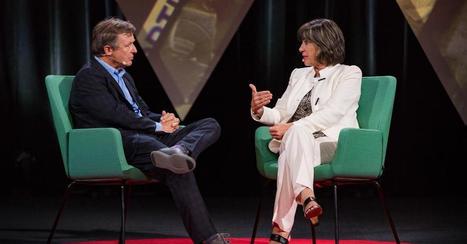
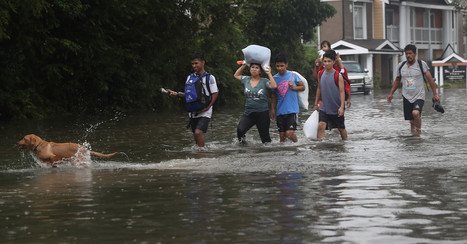



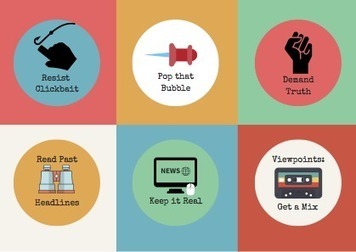


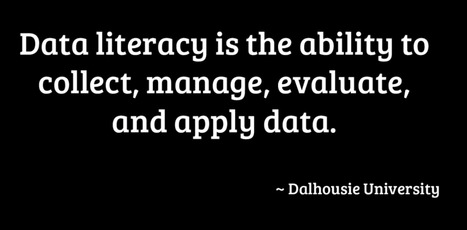


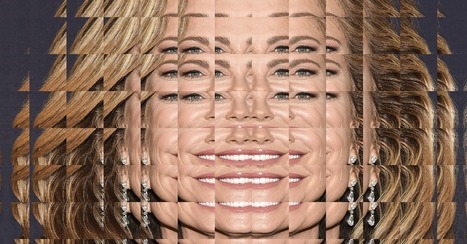


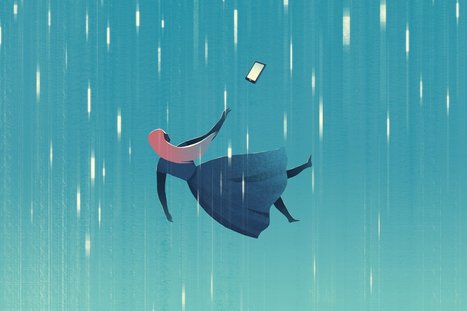
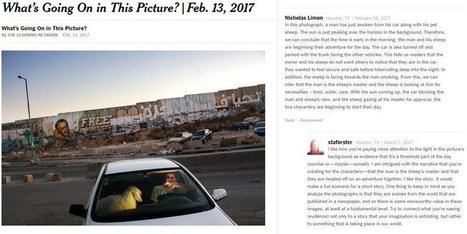

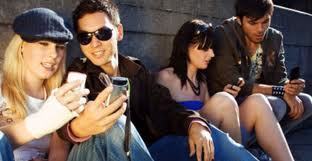
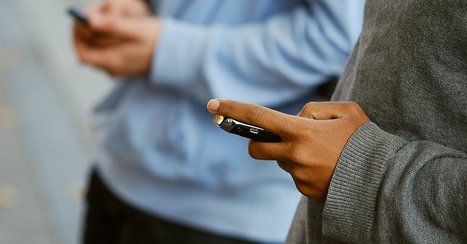






I would also add "on Facebook" to this!